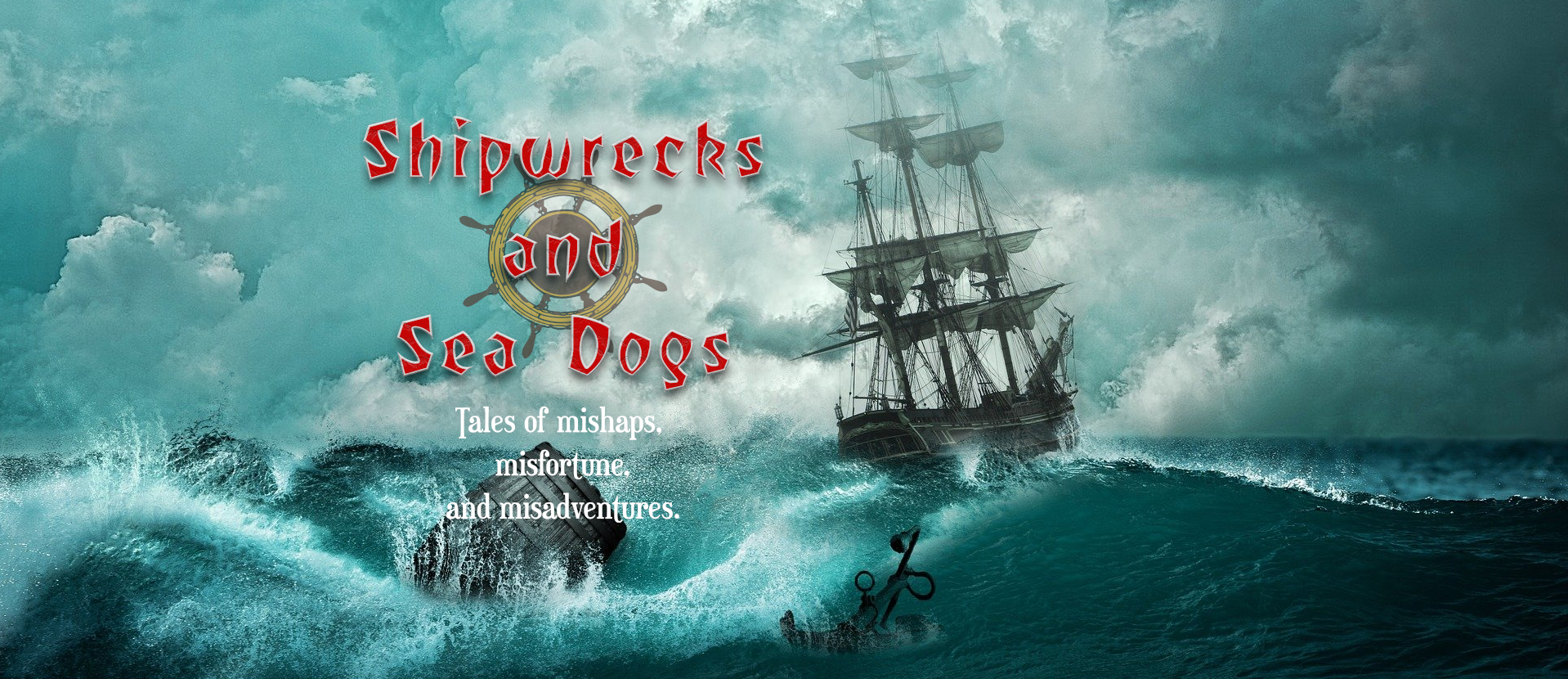Origins
The Sindia was a sailing ship built by Harland & Wolff (builders of the Titanic, Olympic, and Britannic), hull number 204, in Belfast, Northern Ireland, and launched in 1887. She was the largest steel-hulled, 4-masted sailing vessel in history, and the largest cargo ship in existence at the time. She sailed between New York, China, and Japan bringing back high-demand treasures from China.
The Sindia is Grounded
On December 15, 1901, she was returning from Asia carrying a cargo of manganese ore from China, and jade, silk, ceramics, and porcelain from Japan. Along the coast of New Jersey, the Sindia experienced a rough storm and the hull began to leak and take on water. Captain Mackenzie ran the ship aground to save her on the beaches of Ocean City. Rescuers were unable to free her but were able to row out to the ship and take the crew back to shore. By this time the hull had begun to break apart in the surf and the ship was a total loss. It was noted later that it seemed as if the Sindia was gently parked on the beach, and no obvious signs of damage or struggle in rough seas was apparent. Also, the manganese ore in the USA was plentiful and cheaper than from China, so questions arose about why the Sindia would pick up such cargo.

Strange Circumstances Arise
Captain Mackenzie and 6 other crew members stayed on board the Sindia, to watch over the cargo. The owner of the Sindia, JD Rockefeller, sent a crew to remove items of value from the ship. However, this crew left all the jade, silk, ceramics, and porcelain. This raised questions about what was actually taken from the Sindia by Rockefeller’s men; some believe as much as 20 tons of silver coins were taken. Silver coins are still found scattered along the ocean bottom near the wreck. Shortly after this accident, Rockefeller invested in oil fields in Texas, which would help him build his multibillion dollar empire.

Rumors persist that Rockefeller arranged this “accident” in order to recover the valuable silver, and that Captain Mackenzie purposely grounded the ship. No hard evidence exists to prove this, and the entire affair remains a mystery.
The Sindia Today
The Sindia remained partially visible for many years and became somewhat of a tourist attracton in Ocean City. Gradually the ship broke apart further, and now it lies completely buried under the sand in only 10-20 feet of water.


